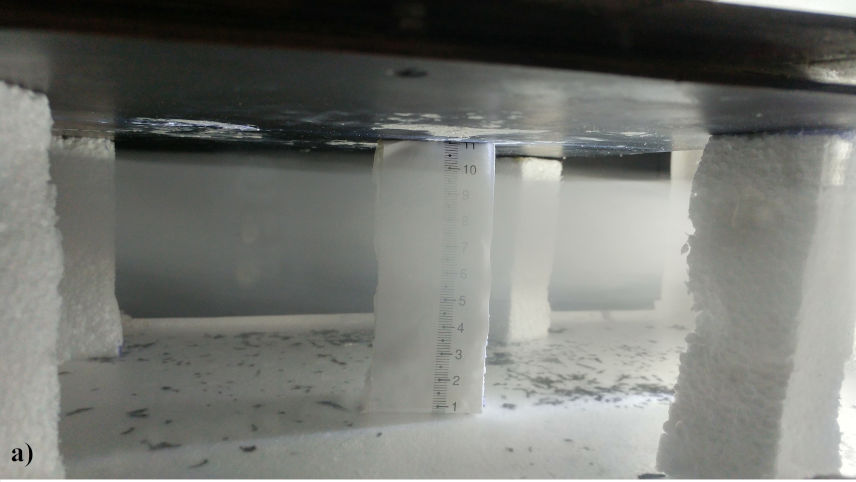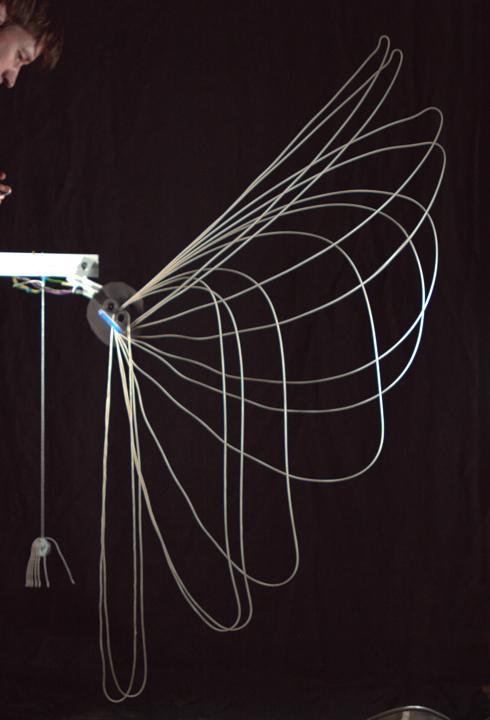Publications on IPT problems
The International Physicists’ Tournament requires participants to study a number of problems for months before a meeting during which they confront and discuss their findings and interpretations. Effectively every problem becomes a research project for a limited time, and occasionally the findings are deemed worth communicating not only to the other tournament participants, but to the physics community as a whole. This nicely shows how well the tournament manages to entice students to learn a researcher’s approach in the framework of a playfull competition.
Here’s what our team published of the past years in scientific journals. Click on the article title for a PDF.
Flat fog (FPT 2020)

After pouring liquid nitrogen into a mug, you will notice that the mug starts to cast a mist. The mist’s border is a clearly marked thin plane at a certain height from the mug. Investigate the phenomenon. [Original IPT problem wording]
- Feasson, A., Taihi, A., Corrège, B., “Influence of humidity level on the fog near liquid nitrogen”, Emergent Scientist, (2021).
Cumulative cannon (FPT 2020)
http://www.normalesup.org/~daerr/ping-pong-ball-cannon.webm
How high may a ping-pong ball jump using the setup on the video? What is the maximal fraction of the total kinetic energy that can be transferred to the ball? [Original IPT problem wording]
- Andreotti, B., Toutain, W., Noûs, C., El Rhandour-Essmaili, S., Pérignon-Hubert, G., Daerr, A., “The ping-pong ball water cannon”, Compte-Rendu de l’Académie des Sciences, Mécanique 348, 423-437 (2020). (journal link)
String shooter (FPT 2019)
A closed loop of string fed between two high-speed rotating wheels seems to defy gravity. Explain the overall shape of the loop and investigate the propagation of waves on the string. [Original IPT problem wording]
-
Abello, M., Courson, J., Maury, A., Renaud, J., “String Shooter’s overall shape in ambient air”, Emergent Scientist 4, 1 (2020).
-
Daerr, A., Courson, J., Abello, M., Toutain, W., Andreotti, B., “The charmed string: self-supporting loops through air drag”, J. Fluid Mech. 877, R2 (2019). (journal link)
→ See also the research page on this experiment
Last modified: 27 Jan 2022
